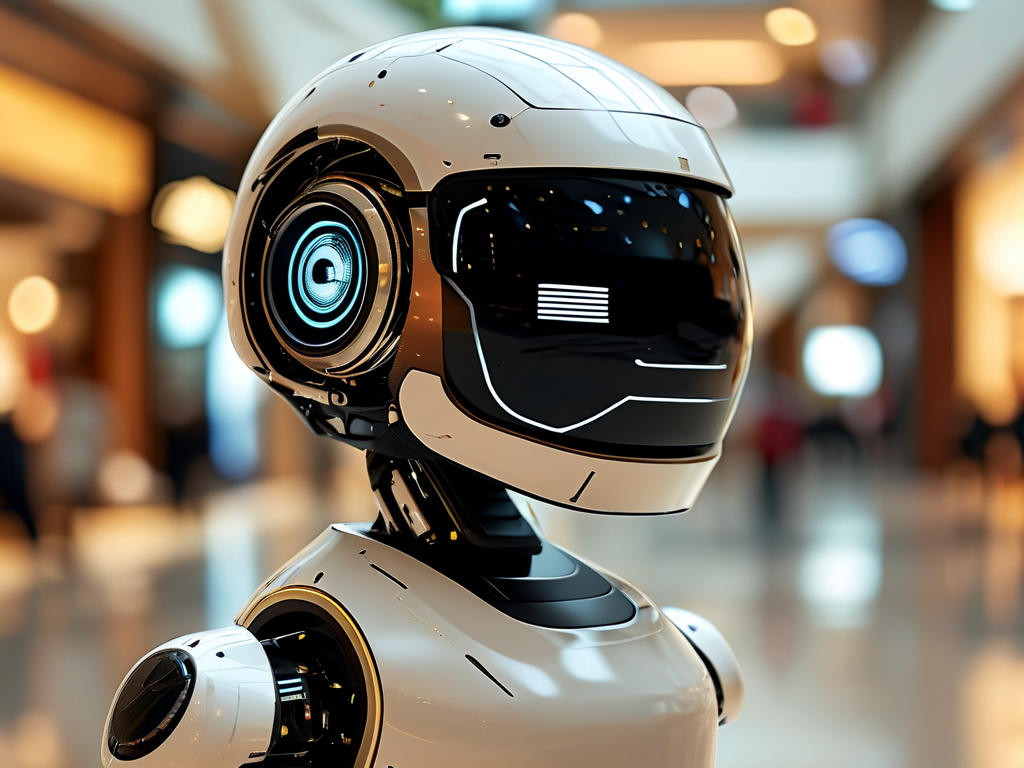The integration of robotics into cinematography has revolutionized filmmaking, live broadcasting, and commercial video production. As robotic camera systems become mainstream, understanding their technical requirements is critical for achieving professional-grade results. This article explores three core technical pillars for robotic filming systems: precision in motion control, intelligent automation capabilities, and adaptive framing algorithms.

1. Precision Engineering in Robotic Movement
Modern robotic cinematography demands sub-millimeter positioning accuracy. High-end systems utilize 6-axis robotic arms with repeatability tolerances below ±0.02mm, ensuring smooth tracking shots even at 120fps. Key specifications include:
- Torque-to-weight ratios: Must exceed 3:1 for fluid pan-tilt-zoom operations
- Vibration damping: ISO 10816-3 compliance for shake-free slow-motion capture
- Payload capacity: Minimum 15kg for cinema-grade cameras with telephoto lenses
The ARRI Trinity stabilizer system exemplifies this precision, combining Steadicam principles with robotic articulation for complex compound movements.
2. Automation Through Machine Vision
Autonomous framing requires real-time object recognition at ≤50ms latency. Advanced systems employ hybrid architectures:
- Depth-sensing LiDAR: 905nm wavelength modules for 3D spatial mapping
- Neural tracking engines: YOLOv7-based algorithms processing 4K streams at 60Hz
- Predictive path planning: Kalman filters forecasting subject trajectories
The Bolt X robotic crane demonstrates this through its AI-assisted "Actor Lock" mode, maintaining perfect composition during chaotic action sequences.
3. Adaptive Framing Dynamics
Modern standards require framing systems to automatically adjust for:
- Aspect ratio compliance: Real-time reframing for IMAX (1.43:1) to mobile (9:16) outputs
- Rule-of-thirds optimization: Dynamic composition balancing using facial recognition heatmaps
- Obstacle avoidance: Ultrasonic sensors preventing collisions in tight spaces
Sony's Venice 6K system integrates these features through its "Intelligent Auto-Framing" processor, enabling multi-platform content creation from a single take.
Technical Implementation Challenges
Achieving these standards presents engineering hurdles:
- Power management: Robotic arms require 48V DC systems with <5% voltage fluctuation
- Thermal control: Liquid-cooled servo motors maintaining <40°C during extended shoots
- Software integration: ROS 2 (Robot Operating System) middleware ensuring hardware-software synchronization
The Mo-Sys StarTracker system addresses these through its patented "Hot Swap" battery architecture and FPGA-based thermal regulation.
Industry Applications
Different sectors impose unique technical demands:
- Live Sports: 360° gimbal systems with 0.001° angular resolution for ball tracking
- Surgical Recording: Sterilizable robots meeting ISO 13482 safety standards
- Aerial Cinematography: Hybrid drones combining RED Komodo cameras with inertial measurement units (IMUs)
The NFL's adoption of Cablecam 3.0 illustrates these requirements, achieving 3D positional accuracy within 2cm across 100m spans.
Future Technical Horizons
Emerging technologies will reshape robotic filming:
- Quantum IMUs: Improving motion sensing precision by 1000x
- Haptic feedback integration: Allowing operators to "feel" virtual camera inertia
- 5G edge computing: Enabling sub-1ms latency for remote robotic control
ARRI's prototype "Quantum Head" demonstrates these capabilities through its graphene-based gyroscopes and mmWave wireless control.
As robotic systems become the new industry standard, adherence to these technical specifications will separate professional-grade productions from amateur implementations. The convergence of mechanical engineering, computer vision, and AI continues to push the boundaries of what's visually possible, making technical mastery of robotic cinematography essential for next-generation filmmakers.

